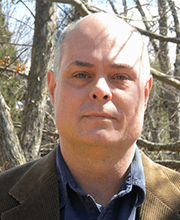

Paul Ita runs Notch Consulting, a Massachusetts-based research company dedicated to the market research needs of the global specialty chemicals industry. Mr. Ita focuses on raw materials for the global tire and rubber industries, with a particular focus on carbon black, silica, and rubber chemicals. Through Notch, he publishes the Carbon Black World Data Book and the Carbon Black Quarterly Newsletter.
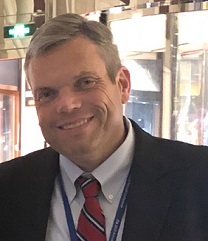
Mr. Tim Bart is principal of Carbon Management International, a consulting firm established in 1999. Mr. Bart co-publishes the monthly CBO Monitor with Mr. Vince Guercio reporting on carbon black feedstock and the carbon black industry. Prior to 2017, Carbon Management was involved in global coal tar and coal tar distillation, consulting and sourcing distillation products for related downstream industries. Mr. Bart serves as president of the International Tar Association, an industry association comprised of coal tar distillation and related companies. Mr. Bart received degrees in Environmental Science, Masters of Business Administration, Masters of Communications and Masters of International Relations from Rutgers University, Fairleigh Dickinson University and Seton Hall University.


Joined Continental in 2012 with a focus on supplier development, specializing in rubber raw material production processes, applications, and market intelligence. Possess over 10 years of in-depth experience, particularly in the fillers segment.
From 2021 to 2022, served as Global Manager – Supply Chain Due Diligence at Continental’s headquarters in Hannover, Germany, where I led initiatives in sustainability risk assessment and mitigation across the global supply chain.Well-versed in regulatory compliance, including the German Supply Chain Due Diligence Act (LkSG) and the EU Corporate Sustainability Due Diligence Directive (CSDDD).


Li Yanguo joined Shandong Linglong Tire Co., Ltd. in 2008 and currently serves as Director of the Formulation Department. She holds a PhD and focuses on the development of high-performance tire formulations for premium vehicles and new-energy electric vehicles, as well as research and development on new and alternative materials. She has led national projects including the “14th Five-Year Plan” initiatives and Ministry of Industry and Information Technology (MIIT) projects. She has received the Yantai Science and Technology Progress Award, the Shandong Province Science and Technology Progress Award, among other honours, and has published a total of 11 papers and patents.
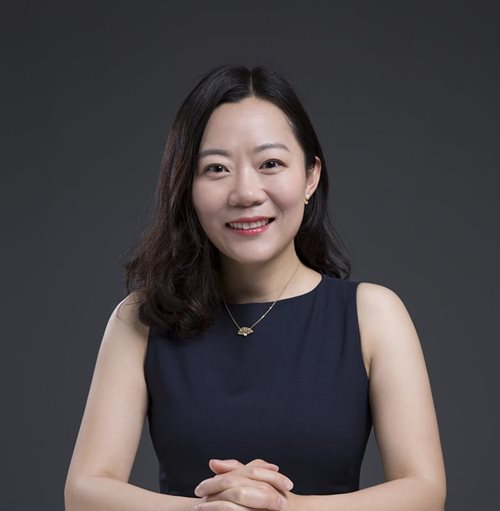

Wang Jing, a graduate of Tongji University, boasts over 20 years of experience in the automotive industry, including 19 years in global procurement at Continental. She began her career at Delphi, managing raw material procurement for the APAC region. She then advanced her career at Continental Tire, initially overseeing APAC strategic sourcing before being promoted to Global Purchasing Manager for several key raw material categories. Currently, as the Head of Purchasing for Raw Materials, APAC, at Continental Tires, she is responsible for driving strategic sourcing initiatives and managing the end-to-end procurement process across the region.
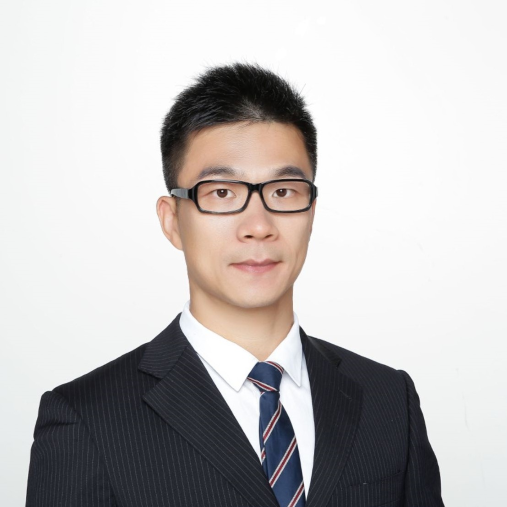
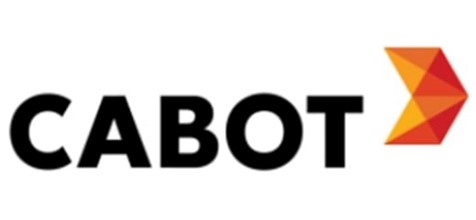
Jian Feng is the global marketing manager for sustainable solutions of
Reinforcement Materials business segment at Cabot Corporation. He has over 18 years of experience in the rubber and carbon black industry. He joined Cabot in 2012 and started his marketing role in 2015 after 3 years role in technical service manager, where he has held different marketing role in the business, including regional marketing manager, global marketing manager for industrial rubber products, and most recently was appointed as global marketing manager for sustainable solution. In this new role, he leads the strategy development for Cabot Sustainable solutions and leads various sustainability projects and commercialize Cabot EVOLVE sustainable solutions
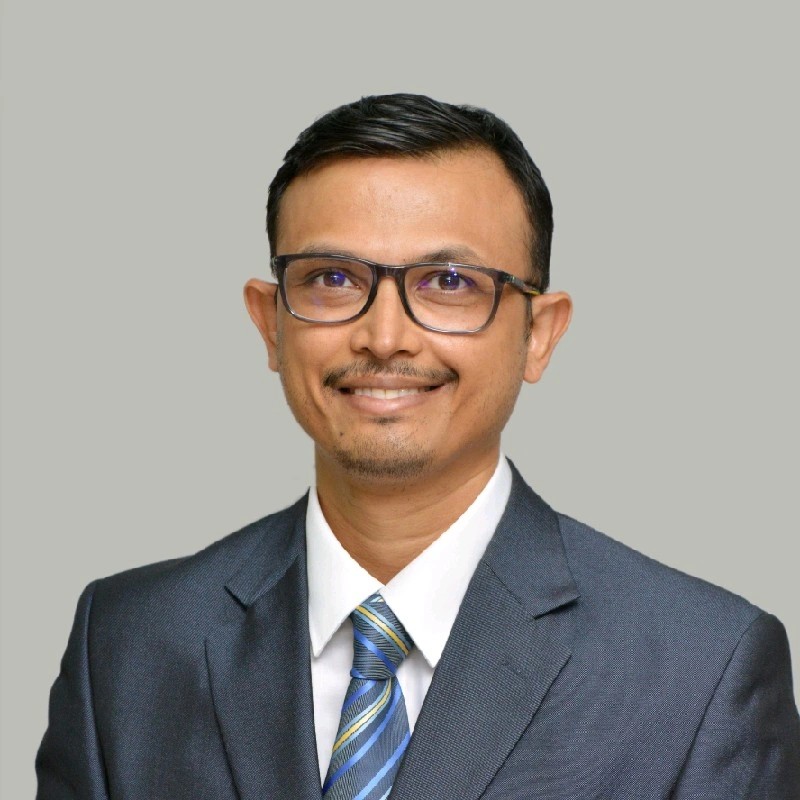
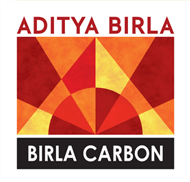
Anil Nandakumar is the Global Market Development Lead for Sustainable Solutions at Birla Carbon with over 22 years of experience in Marketing, Customer experience and new product introduction through the globe.
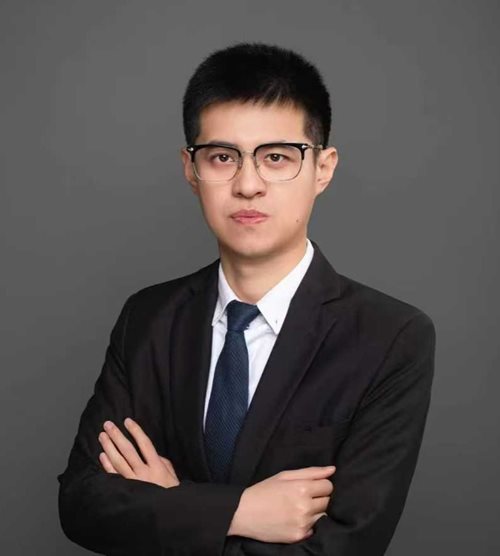

Joined Qingdao Black Cat New Materials Research Institute Co., Ltd. (a subsidiary of Jiangxi Black Cat Carbon Black Co., Ltd.) in 2013, specializing in R&D of carbon materials. Authored 14 invention patents and published 6 academic papers, focusing on the performance optimization of carbon materials and their application in rubber composites


Ping Zhou (General Manager, Senior Engineer, Ecostar (Qingdao) Holding Co., Ltd.). Led the development of internationally advanced technical equipment and the establishment of multiple 5D demonstration plants for end-of-life tire recycling. Successfully overcame technological barriers associated with the low-grade and low-value applications of pyrolysis products. Established the 5D standards for pyrolysis plants, with a focus on safety, environmental sustainability, energy efficiency, high quality, and intelligent operation.
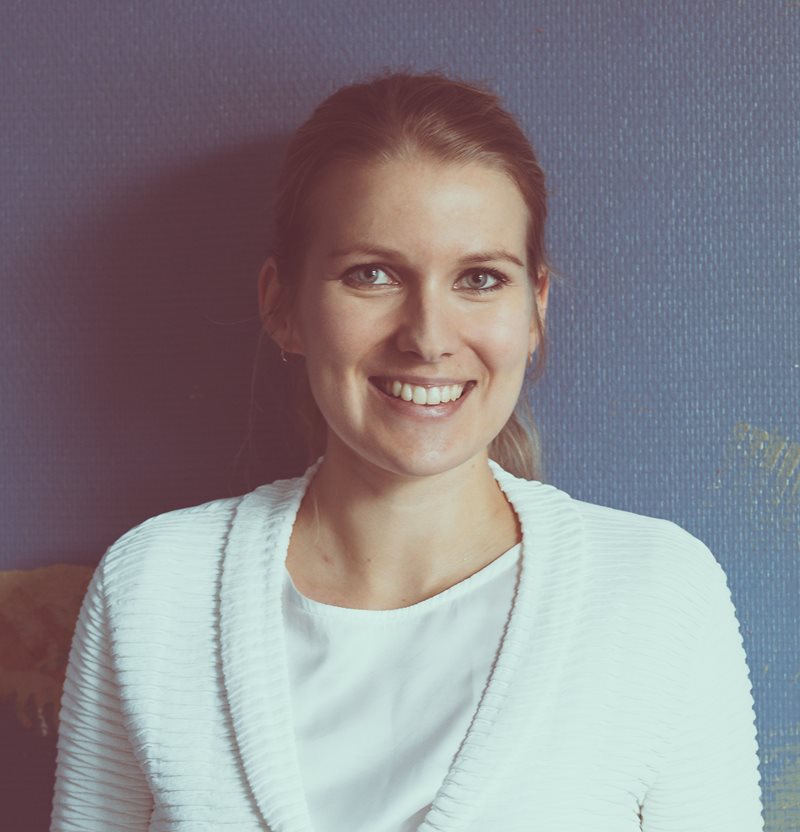
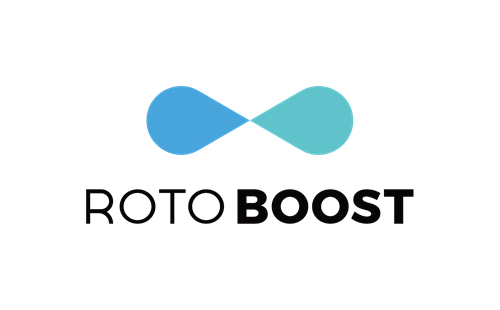
CEO and co-founder of ROTOBOOST, is a leader passionate about sustainable technology. With a master’s in chemistry technology and a background at Wärtsilä managing global projects, she brings extensive expertise across energy and industrial sectors.
In 2021, she co-founded ROTOBOOST to advance methane pyrolysis technology, which turns waste and natural gas into clean hydrogen and energy for industry. Relocating to China to drive growth, she has established key partnerships with global energy, shipping, and steelmaking firms, positioning the company as a leader in scalable decarbonization solutions.
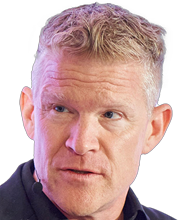

Martin von Wolfersdorff, trading as "Wolfersdorff Consulting Berlin”, is an expert advisor and business partner of Smithers specialising in sustainable carbon blacks. Martin works with Smithers on carbon black consulting projects, writes Smithers reports and is the founder and business partner of the recovered Carbon Black Conference. Martin's corporate assignments were in carbon black, plastic packaging, plastic masterbatch and titanium dioxide. Martin has a Dipl. Ing. (Univ.) degree in chemical engineering from the FAU Erlangen-Nürnberg in Germany.
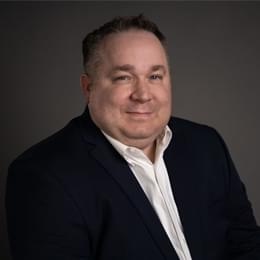
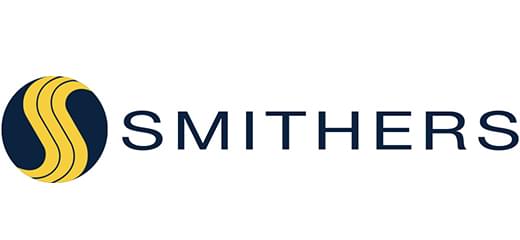
Josh Guilliams, Vice President of Consultancy, leads Smithers’ technical consulting team based in Akron, Ohio. Josh manages client relationships and works with other Smithers experts on complex projects. He also conducts in-depth investigations of a wide variety of rubber materials and final products on behalf of clients.
Before joining the team at Smithers, Guilliams spent several years in leadership at Polymer Valley Chemicals, Inc., as Technical Director and Vice President of Technical Operations. Prior to his time at Polymer Valley Chemicals, he held technical and commercial roles at Hankook Tire, EASTMAN Chemical Corporation, LANXESS Corporation, and Bridgestone Americas Tire Operations.
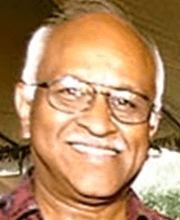
C.P. Natarajan, with graduate degrees in Mechanical Engineering from University of Madras & University of Pittsburgh, joined American Schack Company (later ALSTOM Power Energy Recovery, ARVOS) in1974 and developed High Temperature Air Preheaters & Energy Recovery Systems.
He organized Schack Carbon Black Conferences in USA (1996, 1998, and 2000).
He retired as President of ALSTOM Power Energy Recovery, USA in 2001 and started GANPADS, providing consulting services on Industrial Energy Recovery & Emissions Abatement (Carbon Black production & Petroleum Coke Calcination). He developed steam cooled Soot blower for High temperature Carbon Black Air-preheaters
From the first Carbon Black world conference in 1993 till the recent China CB conference in 2020, Natarajan made presentations at Carbon Black World, Carbon Black Asia Pacific and Carbon Black China conferences.
Carbon Black Asia Pacific presented him with LIFETIME ACHIEVEMENT AWARD in 2003 and STAR AWARD IN ENERGY RECOVERY RESEARCH in 2017.
In 2017, he was awarded US Patent 9540518, “APPARATUS AND PROCESS FOR AIR PREHEATER WITHOUT QUENCH IN CARBON BLACK PRODUCTION”

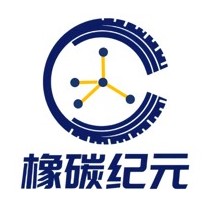
Calvin, graduated from Dalian University of Technology, has nearly 20 years of experience in leading companies in rubber industry. He worked at Michelin, responsible for formula development and factory quality improvement. Then ExxonMobil on technical services for synthetic rubber and resins, as well applications development technologies for tires and rubber products. And then Cabot Corporation as China technical services manager and later on as Asia Pacific Center R&D manager, and as well the lead scientist. Calvin is now the general manager of Shanghai Veco New Material Technology Co. Ltd.
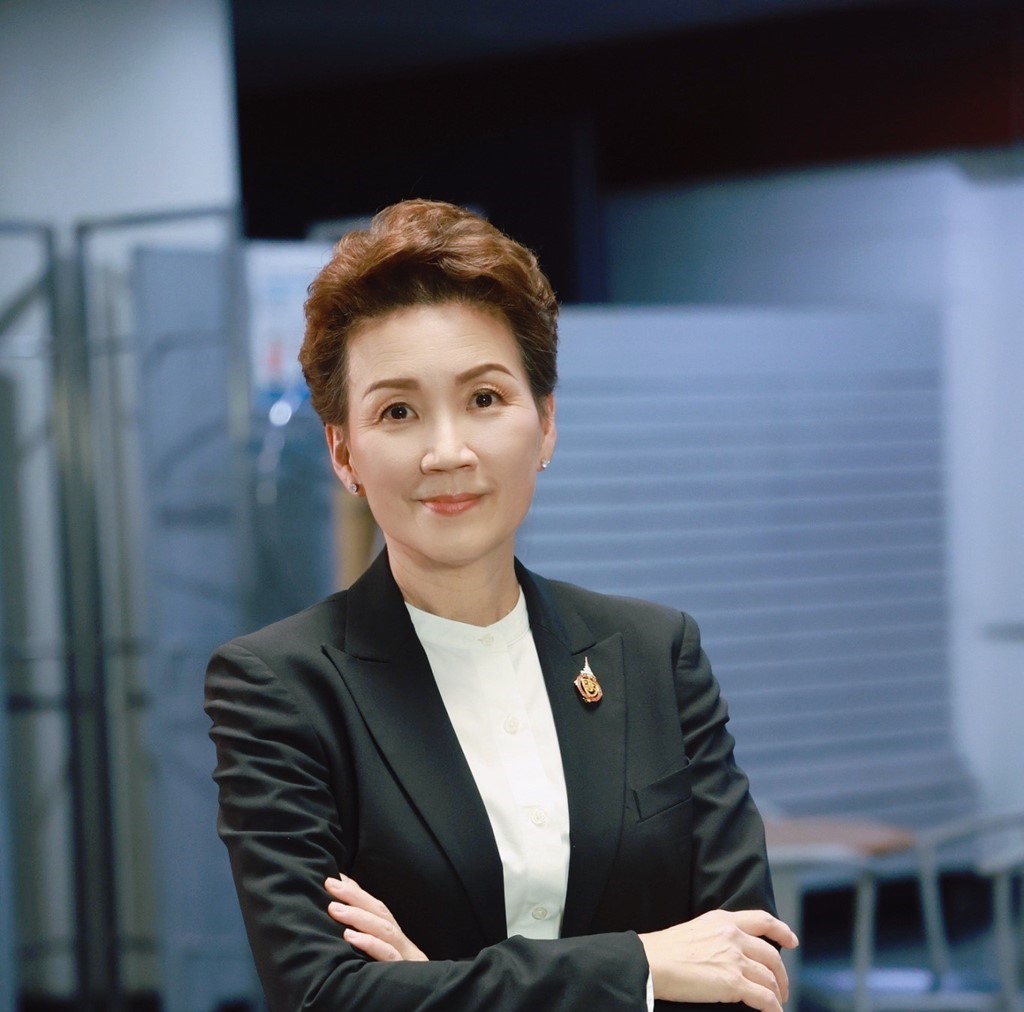

Co-founder waste Tyre recycling businesses at Green Rubber Energy more than 10 years ago 1. Develop a strategic plan to advance the company's mission and objectives and to promote revenue, profitability, and growth as an organization. 2. Oversee company operations to insure production efficiency, quality, service 3. Identify acquisition and merger opportunities and direct implementation activities. 4. Evaluate performance of executives for compliance with established policies and objectives of the company and contributions in attaining objectives. 5. Promote the company to local, regional, national, and international constituencies.
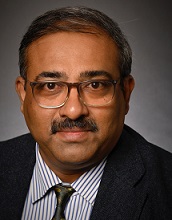
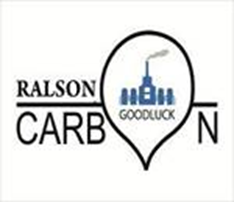
Biswajit Paul is a highly experienced, a well-known professional and technocrat with over 33 years of experience in the carbon black and tire industries across India, Europe, the Middle East, and Africa (EMEA).
Key Roles and Experience
Current Role: Technical Director at Shine Carbon and Chemicals Private Limited (part of the Ralson-Shine Group), a position he has held since 2023.
Expertise and Contributions
• Specialization: He is an expert in product technology & business developer, developing customized carbon black grades for tire and non-tire applications and presented research papers at international conferences like CBW 2024 in Europe and CBW 2025 in U.S.A.
Education: He holds a Master of Technology (M.Tech) in Plastics & Rubber Technology from the University of Calcutta and is a Six Sigma Black Belt holder.
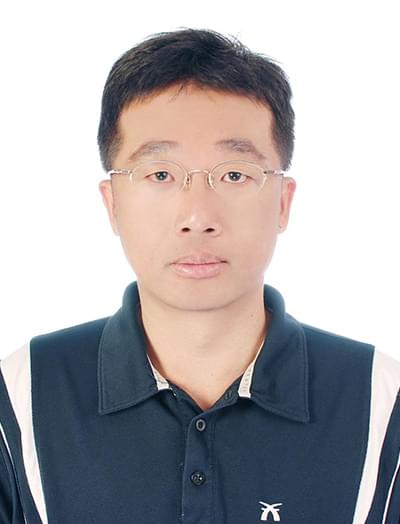

Experience: CSRC&CCC/Round Star/Black Cat
• 1995 Researcher (for CRSC take over CCC)
• 2004 Specialty Black (Maanshan Plant)
• 2007 CSRC Lin-Yuan Plant Manager →
Maanshan Plant Manager
• 2013 CSRC China General Plant Manager (for three plants)
• 2014 Consultant for Round Star
• 2016 Consultant for Black Cat
• 2025~ LaBaer Sino CTO
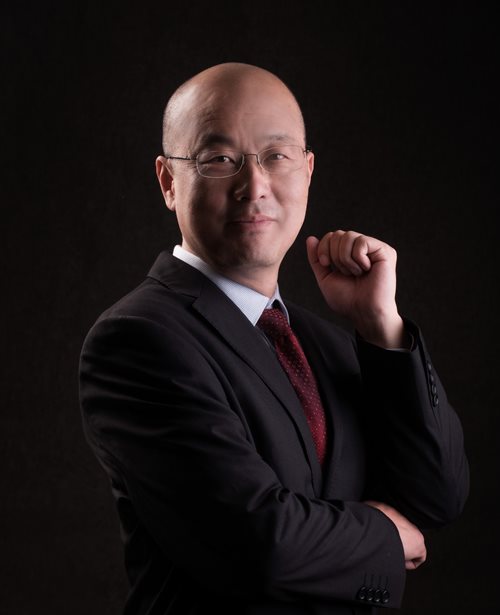
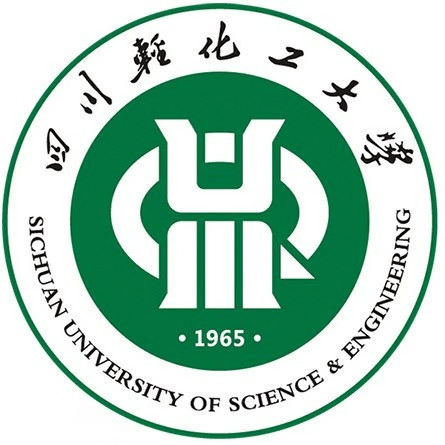
He got a lot of honour and awards including distinguished professor of the first batch of 652 scholars program of Sichuan University of Science & Engineering, at Zigong city Sichuan Province and local chief expert of polymer materials service. His research interests are in carbon black materials, CB/polymer materials, silicon carbon anode material . He has presided over more than 80 scientific research projects, including the there National Natural Science Foundation projects and the Innovation Fund for Small and medium-sized Enterprises under the Ministry of Science and Technology . Up to now, He has published over 100 papers in peer-reviewed journals such as Applied Surface Science, Carbon, polymer. He has published over 30 granted patents. He is also at the editorial board of of Chinese famous academy periodicals such as New Carbon Materials, Carbon and Carbon Technology. Besides, he holds a lot of posts concurrently including the 7th and 8th Board member of China Corrosion and Protection Association, and the standing director of Sichuan Corrosion Association.